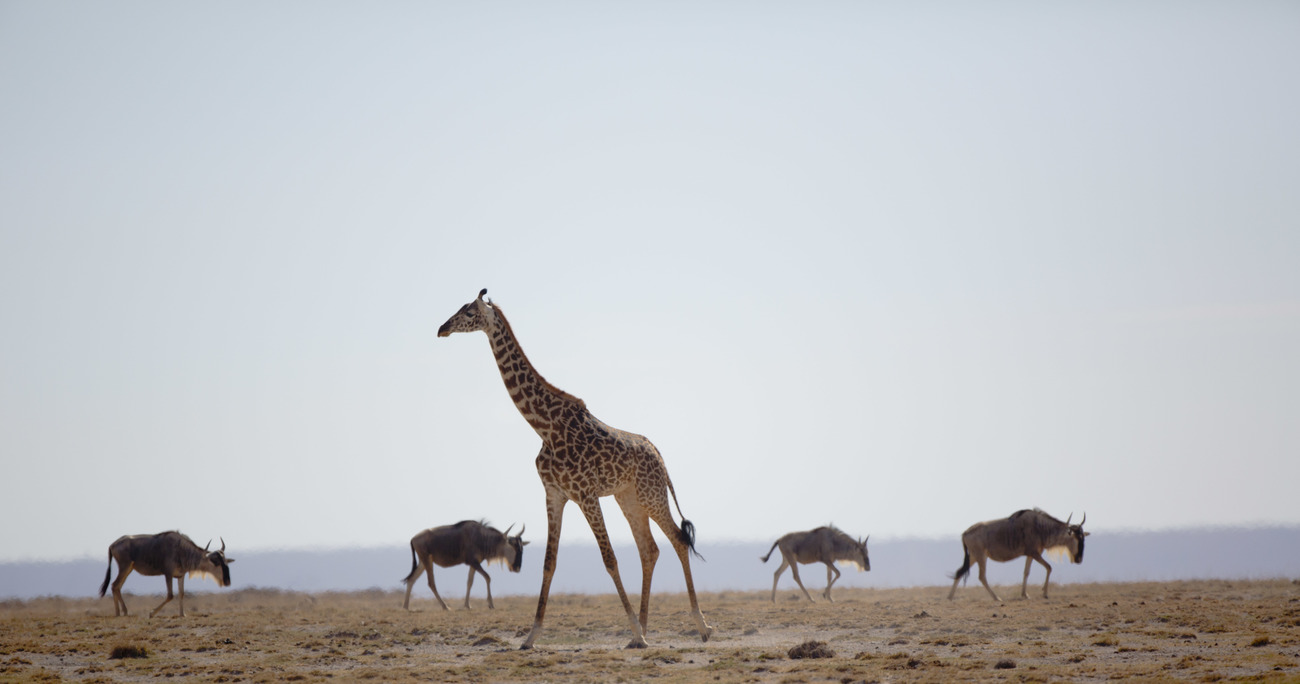Policy Conventions & Agreements - Global
Protection for wildlife & habitats is preserved in global agreementssignificant conservation wins for key species at world’s largest wildlife trade conference
significant conservation wins for key species at world’s largest wildlife trade conference

If you have been following ifaw’s updates over the last couple of weeks, you will have seen that we have been extremely busy urging governments to give greater protection to some of our most threatened species, at a major wildlife trade conference where results can mean the difference between survival and extinction for many endangered animals.
The Conference of the Parties (CoP) to the Convention on International Trade in Endangered Species (CITES) takes place just once every three years but its effects are far reaching. Established by the United Nations, CITES has operated since 1975 with the aim of ensuring that international trade in wild animals and plants does not threaten their future survival. Attending government delegations from most of the 183-member parties can increase, or decrease, the level of protection afforded to particular species, deciding if and how trade can take place for such species. Ifaw and other NGOs attend to persuade governments to give the best possible protections for animals.
After an exhausting 12 days for ifaw’s team of experts at the 18th CITES CoP in Geneva, Switzerland, the conference has come to an end and we can now reflect on some truly incredible results for some of the animals we have been striving to protect. We were delighted to see giraffes afforded protection from unregulated international trade for the very first time. It was vital that this protection was granted, given that giraffe numbers have plummeted dramatically – by up to 40% over the last 30 years. While we know threats such as habitat loss, civil unrest and illegal hunting have played a major part, the extent to which trade in giraffe parts has contributed to their decline is relatively unknown, precisely because they have never been afforded protection under CITES. From now on, anyone wishing to trade internationally in giraffes will have to prove such trade is legal and sustainable.
There was also a massive victory for marine animals, as a record 18 species of endangered sharks and rays were afforded protection – the shortfin and longfin mako shark, along with six species of giant guitarfish and 10 species of wedgefish. All of these species are currently at a tipping point for survival due to international demand for their fins, meat and other products and it was important that CITES approved steps to regulate this trade to sustainable levels.
Elephants and ivory are always under the spotlight at this conference and we welcomed the fact that moves to reopen the international ivory trade by allowing the resumption of ivory stockpile sales were roundly rejected. Similarly, a proposal to reopen trade in white rhino horn also failed. With populations of elephants and rhinos decimated by trade in their tusks and horns, it is important that as we work to reduce consumer demand for these items, the door to international trade remains firmly closed. An important part of tackling the illegal trade is closing down opportunities for criminals to launder illegal products into legal markets. The conference reiterated the need for governments to tackle legal ivory markets and we heard the EU promise to bring forward further measures to tackle the huge market across its 28 Member States, as well as Australia announce its intention to ban the domestic trade in ivory and rhino horn.
Another positive outcome was for Asian small-clawed and smooth-coated otters, two species at risk of extinction due to the illegal pet trade as well as demand for their skins. With demand from the pet trade increasing due to otter petting cafes as well as the popularity of otters on social media platforms, ifaw campaigned successfully for a total ban on commercial international trade in otters taken from the wild.
Elsewhere we also saw positive results for many other animals threatened by trade, including the spiny-tailed iguana, star tortoises and pancake tortoises. The conference also saw governments commit to tackle emerging issues like wildlife cybercrime, urge greater efforts to help governments struggling with the large numbers of live animals being seized by traffickers, and new initiatives to investigate disturbing trends such as jaguars being targeting by traffickers for their fangs, bones and other parts.
Of course, our work is not over. While these victories are very important, these species and others remain in jeopardy as long as there is consumer demand, whether for the exotic pet trade or for their parts used for food, traditional medicine or as prized ornaments. And unless the decisions taken at meetings like this are backed up with strong enforcement, these victories could be short-lived. As well as the important steps which will now be taken to regulate or prevent trade in some of these threatened species, we hope that by publicising these issues and the plight of these threatened animals, it will encourage members of the public to avoid buying wildlife or wildlife products. This is vital if we are to ensure these animals survive for future generations.
-MC
Related content
Every problem has a solution, every solution needs support.
The problems we face are urgent, complicated, and resistant to change. Real solutions demand creativity, hard work and involvement from people like you.